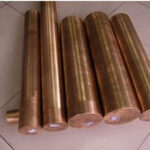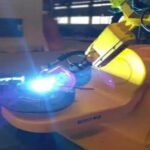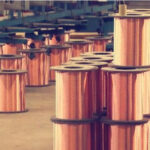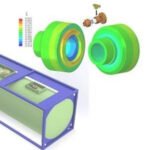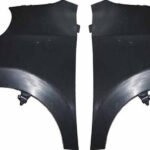Bending is the most complicated operation in metal manufacturing, and good communication is definitely the key. In this case, as in many other cases, engineers and operators may not have as much discussion as they did before the work was officially put into production.
In many ways, lean manufacturing has to do with processes. This includes assembly parts and information about these parts. Especially in the case of bending, it is impossible to achieve an effective part flow without effective information flow.
Foundation first
Table of Contents
Having a cheat sheet can create a better world in the bending machine department, programming department, and especially the engineering department. If the engineer knows what the workshop tool library can and cannot produce, then a lot of trouble in the future can be avoided.
The content on this cheat sheet should depend on the store and product mix. In general, the basic knowledge of forming tonnage should be described to ensure that the tools and equipment available in the workshop can be used for safe bending operations.
It should also describe the basic knowledge of bending volume, bending volume and blank size, and how changing the internal bending radius affects these three aspects. Attention should be paid to whether the brake bottoms out or bends. Most modern operations are curved, so if the workshop still relies on the old charts formed around the bottom of the valley, the operators in the braking department will continue to struggle, often just to “make it work” as best they can.
In air bending (or air forming), the die width determines the internal bending radius, not the punch. In 60-KSI carbon steel, radial air is formed at approximately 16% of the mold opening. This percentage becomes larger or smaller depending on the material and its tensile strength.
In most cases, the most stable internal bending radius should be equal to or very close to the material thickness. Ideally, the radius of the punch tip should be close to but not larger than the natural floating inner radius. If the punch tip is larger than the internal bending radius, the bend will adopt the new larger punch tip radius, which will change your bending calculation.
In order to make accurate bending calculations, the air bending radius cannot be less than a certain percentage of the material thickness-usually about 63% (although there are more accurate calculation methods). Less than this value, bend, wrinkle and become sharp. If the inner radius required by your drawing is smaller than the sharp radius, and the smaller radius is used in the bending calculation, errors will be generated in the bending and the operator will have to confuse them.
The cheat sheet should also include the minimum flange length, which is usually not less than 70% of the standard mold width. Ideally, the engineer should look at the flange on the engineering drawing, refer to the tool library, and see if it can be used with the manufacturer’s machines and tools on the floor.
If the operator is forced to change the mold to accommodate the shorter flange, the reduction in bending will change and additional preparation time will be required, or worse, additional preparation will be required.
Holes and cuts also need to be taken into consideration. Bending or other cuts near the hole can cause deformation, so if the design has a fold line at or near the hole, you may encounter problems. Here, special tools can be used, such as a rotating airfoil mold that supports the workpiece throughout the bending process. Similarly, the engineer will know if there is a rotating mold in the workshop because he has a list of available tools on hand.
He will also learn about the closing height of tools and how they affect the passage of bend lines, such as deep box bends with return flanges. The engineer may have to discuss with the programmer or others to discuss forming options, such as using gooseneck punches, window punches, angled punches, or any other method. But the cheat sheet can at least clarify general guidelines; if the flange size of the part exceeds these limits, the engineer can talk to the programmer to discuss options.
Finally, you have tolerance guidelines. The cheat sheet should include the linear and angular tolerances deemed reasonable by the workshop, that is, the tolerances that can be achieved on any suitably set machine in the workshop. The thickness of the material may vary from batch to batch, and for effective operation, the specified tolerances should take this thickness variation into account.
For precision work, seemingly small changes in thickness will snowball in front of the bending machine and become a serious headache. But does the job need to be so precise? Does the tolerance need to be that tight? Ideally, engineers should ask these questions from the beginning.
Yes, new press brakes with modern punches and dies can maintain surprisingly tight tolerances, but you still need to consider material variability. Doing so will increase costs and make life more difficult for the press brake department. If the part does not require such strict tolerances, why should it be specified?
Prototype and production
From a production perspective, the last thing a bending machine supervisor or supervisor wants is to get the operator a new job, cancel a written procedure, and perplex a complicated setup from the beginning. Brakes take time to program; setting up a complex step-by-step bending sequence (a series of punches and dies next to each other) may take longer.
Moreover, it is very difficult for one person to start developing such a setup and then let another person complete it. Developing complex settings requires a complex thought process, and each operator has a different idea. If the operator cannot complete the development of the new settings, the next person (for example, the next shift) is likely to start again.
Even offline bending simulation is not perfect. They can create some very complex stage bending sequences in a short period of time, which is an excellent choice for operators who want to complete them all in one setup. However, because these sequences have many moving parts, they still need to be adjusted.
In thin bending machine operations, these adjustments should be made in prototyping (technically more of a “challenging work trial” or “trial production” area than real prototyping, but you will understand) . Of course, many small shops may not be able to afford the machinery dedicated to new jobs, but if the manufacturer’s scale is large enough, then creating a separate department for prototyping, one-time production and non-repetitive small batch work will be very difficult. meaningful.
If the pilot production department is not feasible, please try to incorporate new and challenging tasks into your capacity plan. Dedication will not affect your normal production time. In this way, these challenging tasks will not be smooth sailing, your bending ability will be taken away from the simple bending work, and the bending work may flow to the next operation.
Ideally, such a structure will promote good communication among the company’s operators, programmers, and engineers. Of course, simple part programs may not need to be discussed. However, when a programmer develops a difficult program offline, he or she can talk to the operator who will run the part and listen to their feedback. In this way, everyone is moving towards a common goal: the first curved part becomes a good part. Of course, this is not always possible, but it is undoubtedly a goal worth achieving.
Operator adjustment procedures are no secret. Sometimes this is absolutely necessary; the wrong tool may be specified in the setup worksheet, the radius that cannot be generated, or the bending sequence and tool settings that may cause a collision.
Finding such problems in production is a bit like passive maintenance. Just as the machine is accidentally damaged, sometimes the designated job will be missed. Again, these jobs should not restrict production, but should be removed from the plan and moved to a more convenient time (such as after or between shifts), or ideally, just to the pre-production department.
Sometimes, the operator will make changes for other reasons. It may suit personal preference, which brings up a vague field. If you are a skilled operator, you might feel that your preference is indeed the best practice, and the changes you make allow everyone in the workshop to form parts faster and more consistently.
If you are the supervisor or the person in charge of emergency braking, you will see a completely different situation. If everyone is adjusting the program, the operation efficiency is not high. When the operator discusses procedures and tooling settings with the supervisor, the brakes are often idle. The program change in the production process adds another variable when it is already highly variable. Operators at one level may feel that their way is the best and change the program, while operators at another level may feel different and change it back.
The brake operator in the workshop may run hundreds of different parts, which makes program changes even more confusing. Consider an operator who wants to change the program for a specific job. The supervisor approves, records the change and creates a new work standard for the job. When the job reappears six months later, the same operator wants to change the program again. The supervisor checked his own records and found that the operator has now changed the program in exactly the same way as before.
For parts in production, the operator should never actually change the program. After all, changing the program on the machine negates the entire purpose of preparing the program in advance.
Or, why are operators making these changes? To find the answer, please concentrate. Think about why your best operator would be interested in bending machines in the first place. It is one of the most complex operations in metal manufacturing, and excellent operators grow in this complexity. Some people may see a gap, their heads will be folded, and they will seize the opportunity to change the bending sequence or tool settings to at least a better arrangement in their opinion.
They like to piece together a good setting. In fact, this is the best part of their day. They did not become the operator of the bending machine, they started the program all day long, loaded the tools and worked it step by step.
The pride of their work comes from solving the problem of the bending machine. The best day for a skilled operator happens when he (or she) solves the impossible task the boss said, and does everything possible to do it. (Frankly speaking, proving that the boss did something wrong is an added benefit.) This is the pinnacle of the operator. He is proud, and the boss is proud. Every time an operator solves a problem, he will become a better bending machine operator.
But in terms of production management, headaches ensue. Of course, the operator made the impossible possible, but doing so delayed another four or five tasks.
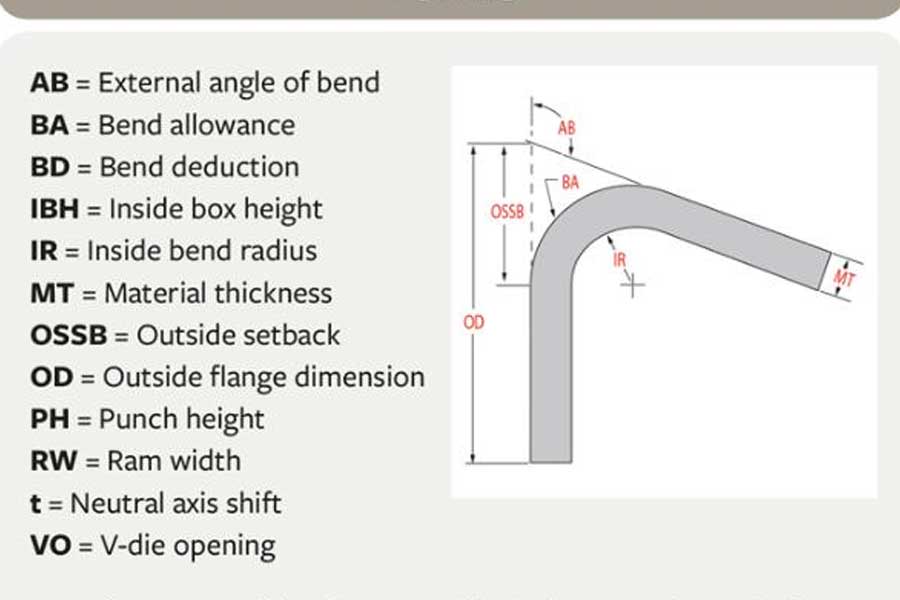
Skilled operators are thriving in variety, and most custom manufacturers can provide a lot of help. But this diversity requires structure. Customers don’t have to spend money for operators to spend time piecing together the perfect brake; they pay for quality parts that are delivered on time.
Manufacturers absolutely need technical experts who can view sheet metal parts or set up sheets and develop better methods. This is where the designated pre-production area can help. Even if the pre-production department is impractical, manufacturers can still arrange time for operators to perform challenging tasks.
Of course, it may take several weeks to do a lot of production work or deal with a large number of urgent orders, which may mean “fully equipped”, requiring everyone to be able to produce parts one by one. Most people don’t always like all aspects of work, and bending machine operation is no exception.
However, most of the time, if they have the skills and desire, operators can spend a week on new or difficult jobs, also outside of production. They can also suggest better practices for current production work. Again, this will be outside of production and communicate with all operators on each shift responsible for the job, so everyone is on the same page. If everyone agrees that the new brake settings will be better, then the supervisor can make changes. But this is done using a defined process, not just in the production process.
Final statement: There is no one-size-fits-all solution in metal manufacturing. The best practices for a store depend on many factors, so use these suggestions as a starting point for your own business.
To this end, lean tools (such as 5S and standard work instructions) can help. However, the flow and quality of information between control engineering, programming and the workshop are equally important.
Link to this article: How to eliminate waste on the bending machine?
Reprint Statement: If there are no special instructions, all articles on this site are original. Please indicate the source for reprinting:https://www.cncmachiningptj.com/,thanks!
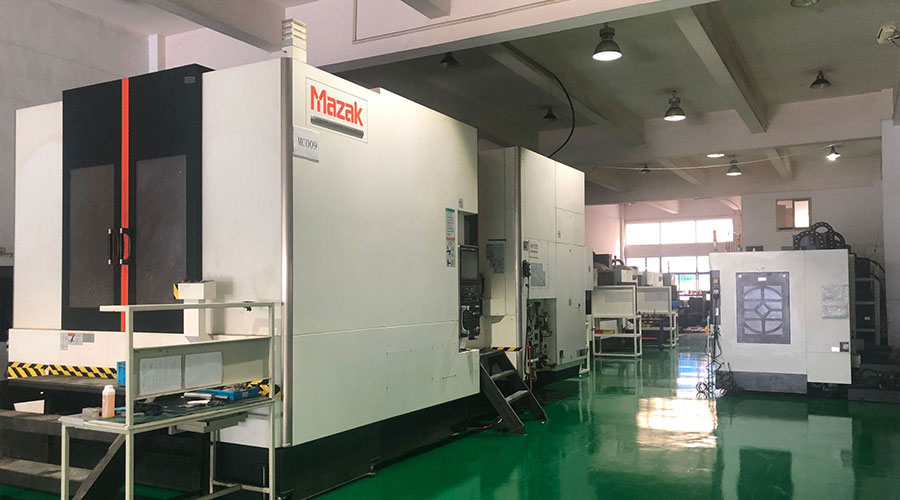 3, 4 and 5-axis precision CNC machining services for aluminum machining, beryllium, carbon steel, magnesium, titanium machining, Inconel, platinum, superalloy, acetal, polycarbonate, fiberglass, graphite and wood. Capable of machining parts up to 98 in. turning dia. and +/-0.001 in. straightness tolerance. Processes include milling, turning, drilling, boring, threading, tapping, forming, knurling, counterboring, countersinking, reaming and laser cutting. Secondary services such as assembly, centerless grinding, heat treating, plating and welding. Prototype and low to high volume production offered with maximum 50,000 units. Suitable for fluid power, pneumatics, hydraulics and valve applications. Serves the aerospace, aircraft, military, medical and defense industries.PTJ will strategize with you to provide the most cost-effective services to help you reach your target,Welcome to Contact us ( [email protected] ) directly for your new project.
3, 4 and 5-axis precision CNC machining services for aluminum machining, beryllium, carbon steel, magnesium, titanium machining, Inconel, platinum, superalloy, acetal, polycarbonate, fiberglass, graphite and wood. Capable of machining parts up to 98 in. turning dia. and +/-0.001 in. straightness tolerance. Processes include milling, turning, drilling, boring, threading, tapping, forming, knurling, counterboring, countersinking, reaming and laser cutting. Secondary services such as assembly, centerless grinding, heat treating, plating and welding. Prototype and low to high volume production offered with maximum 50,000 units. Suitable for fluid power, pneumatics, hydraulics and valve applications. Serves the aerospace, aircraft, military, medical and defense industries.PTJ will strategize with you to provide the most cost-effective services to help you reach your target,Welcome to Contact us ( [email protected] ) directly for your new project.
Link to this article:How to eliminate waste on the bending machine?
Reprint Statement: If there are no special instructions, all articles on this site are original. Please indicate the source for reprinting.:Cnc Machining,Thank!^^

